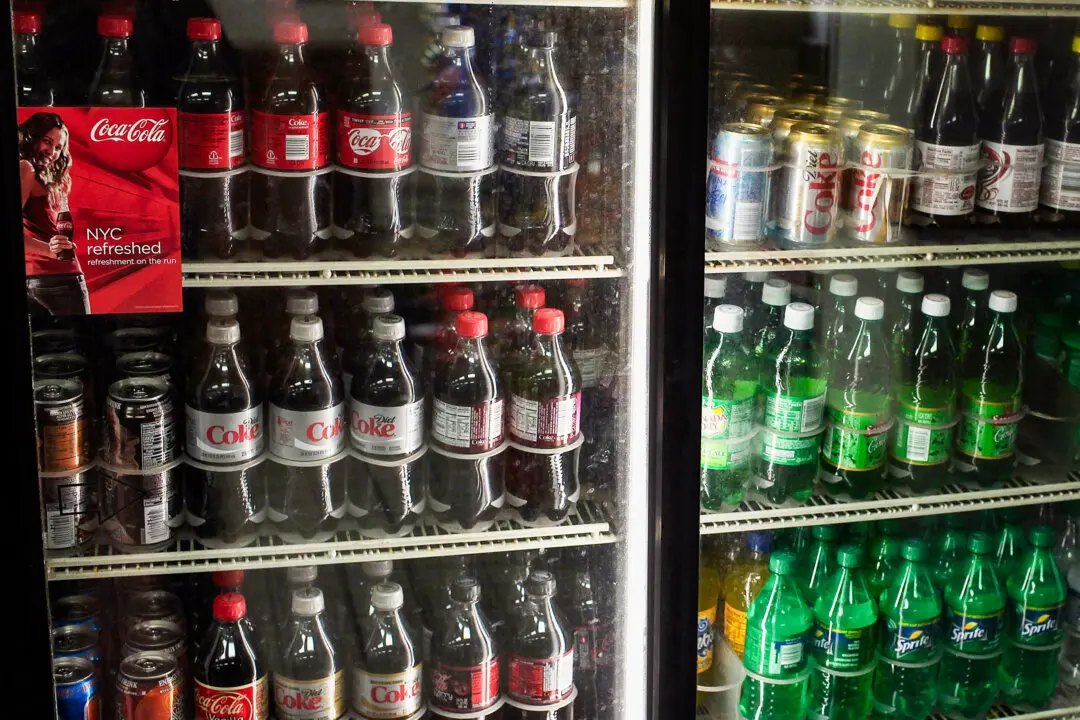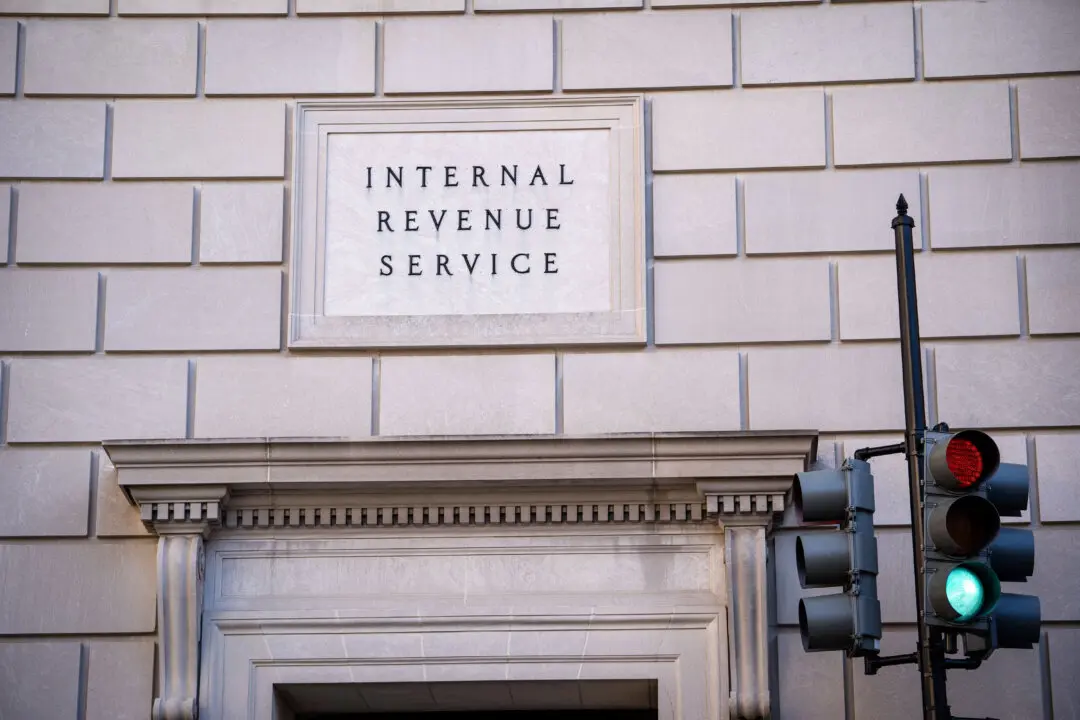The Department of Homeland Security (DHS) has issued a memorandum detailing new cybersecurity rules for owners and operators of pipelines, a decision seen as a victory by the pipeline industry.
The Security Directive Pipeline-2021-02C (SD02C) is applicable to operators or owners of hazardous liquid and natural gas pipelines or a liquefied natural gas facility who have already been notified by the Transportation Security Administration (TSA) that their “pipeline system or facility is critical,” the memorandum states. The new rules take effect on July 27. The TSA is an agency of the DHS.





